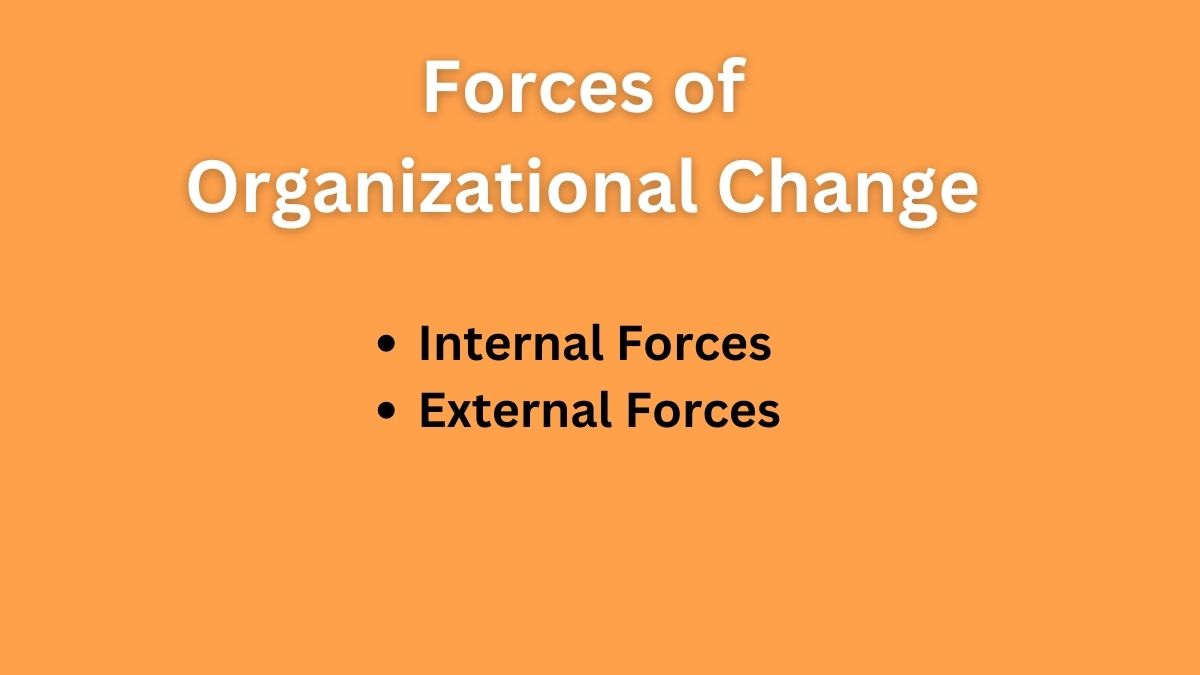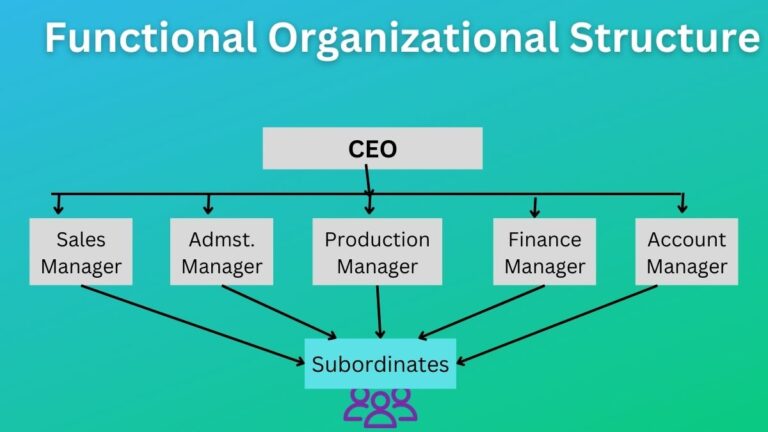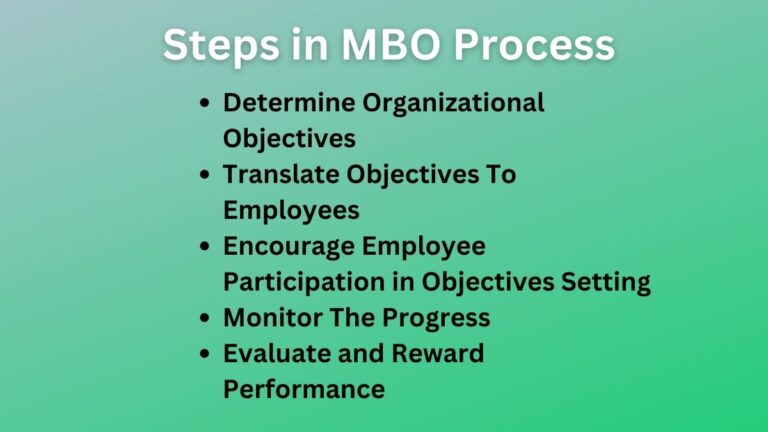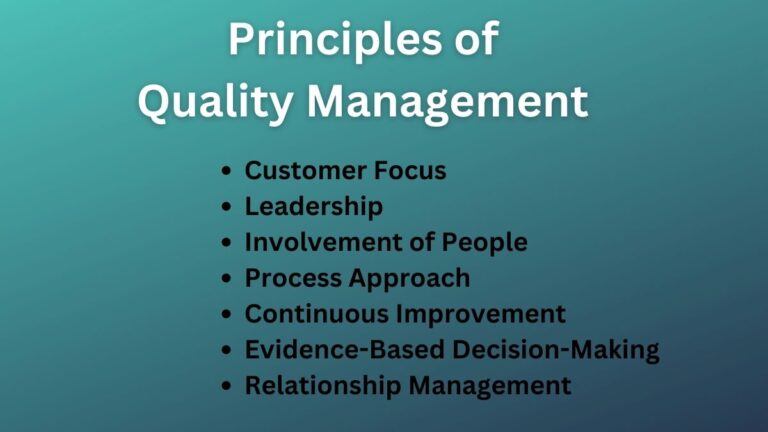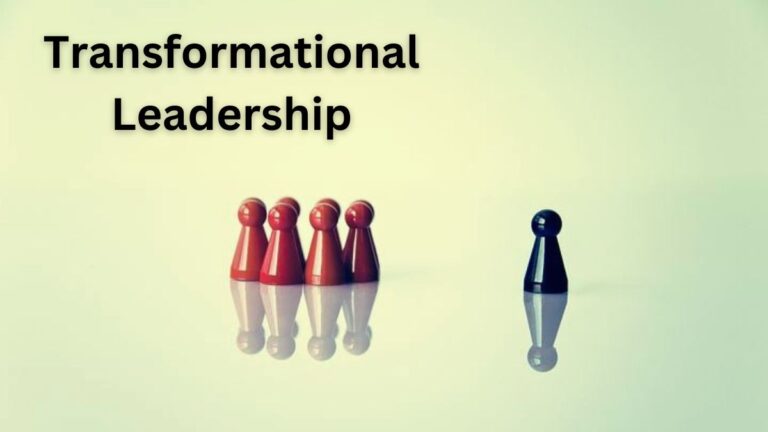Forces of Organizational Change: Internal and External
Forces of Organizational Change
Organizational change is an important step a business organization takes to change its existing working system in order to meet the current demands of the market. Forces or factors that make organizations take organizational change are external and internal.
Every business organization establishes, runs, and grows in the changing business environment. The business environment’s factors that influence the growth and survival of business organizations are forces of organizational change.
Let’s discuss the internal and external forces of change and their causes.
Internal Forces of Organizational Change
Internal forces arise from the organization and are related to the functioning of the company. These forces are controllable to the management.
They can be used for organizational growth. However, for this, managers should be able to control such forces and bring necessary change to use them in the right way yet effectively.
The causes or components of internal forces of change include the following:
Change in Goals
The goals of an organization are the outcomes it wants to achieve in a certain period of time. It is a strategic target that the management directs its employee’s efforts to achieve. In addition, organizational change is also initiated when there are changes in plans and strategies.
Change in Organizational Structure
Organizational structure is a system that explains how certain activities of the organization should be done to achieve the desired targets. When a change is made in the organizational structure employees also need to follow it and work as stated in the system.
Changes in Workforce
Workforce i.e. employees are the main elements for organizational success or failure. Management should set plans and strategies based on the nature and quality of its workforce. Depending upon the quality of the workforce, management should update or abandon the desired goals.
Change in Work Environment
The nature or condition of the work environment also affects the attitude of employees. It should be fresh, friendly, and cooperative where employees feel secure, free, and work at their optimum capacity.
Change in Owners and BODs
Owners and boards of directors are the top authoritative bodies of any organization. When they change, a change or changes also take place in organizational settings.
External Forces of Organizational Change
External forces of change are uncontrollable to the management. These are the factors that are outside the organization and have a great impact on its performance.
Related: PESTLE Analysis
External environment factors include two specific and general forces. Changes in these specific and general forces greatly affect the performance of the organization. Management can not control it, but it can change its strategies, plans, and policies to adapt to it.
Specific/Task Forces
These forces consist of specific organizations and groups that have an influence on organizational performance. These forces have a direct and immediate impact on the organization.
Specific/task forces of organizational change consist of customers, suppliers, competitors, pressure groups, media, financial institutions, strategic alliances, etc.
General Forces
General forces are more external than specific forces. These forces are totally uncontrollable to the manager and to work well in the market the manager should closely monitor them and adapt.
General forces of change create both threats and opportunities for the organization. The following are the general forces’ main components.
- Political Forces – Government regulation and the business legal system are two concepts that the political forces use. Three institutions—the judiciary, the legislature, and the executive branch have an impact on the political climate. These organizations have a significant impact on the direction, creation, and management of commercial activity.
- Economic Forces – The system for creating and distributing commodities and services can be seen through the perspective of economic forces. These all refer to elements that give the growth of economic activity structure and form.
- Socio-Cultural Forces – Tradition, societal values, beliefs, conventions, attitudes, habits, and demographic makeup are some of these factors that are involved. The socio-cultural environment’s constituent parts are all interchangeable, flexible, and interconnected.
- Technological Forces – By enabling newer working methods and introducing a wider range of goods and services, technological developments and improvements in communication and computer technology have completely changed how organizations function. In order to effectively manage change and prepare for issues brought on by these technological forces, a strategy must be developed.
Read Next: What is Resistance To Change?
Sajan Kushmi is a content writer with more than 4 years of experience. He holds BIM Degree. He write on the topics related to Management, Marketing, and Entrepreneurship.
